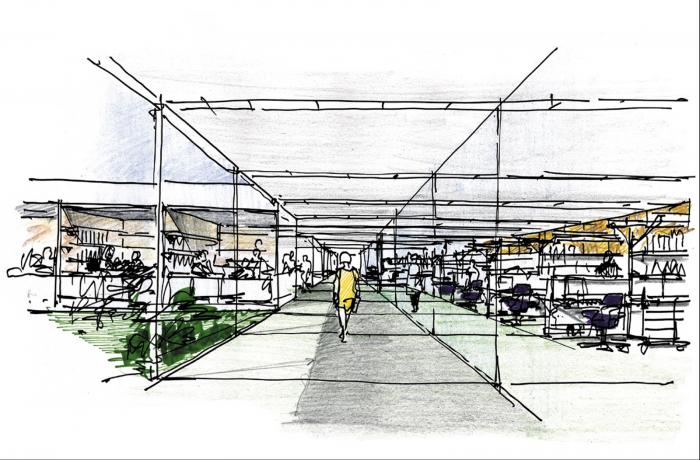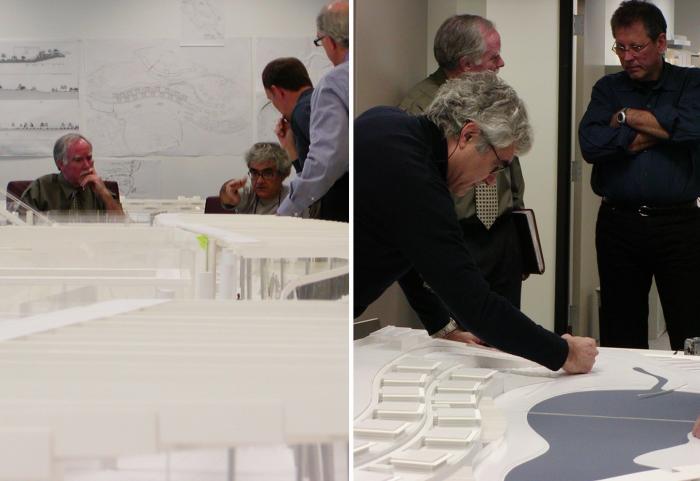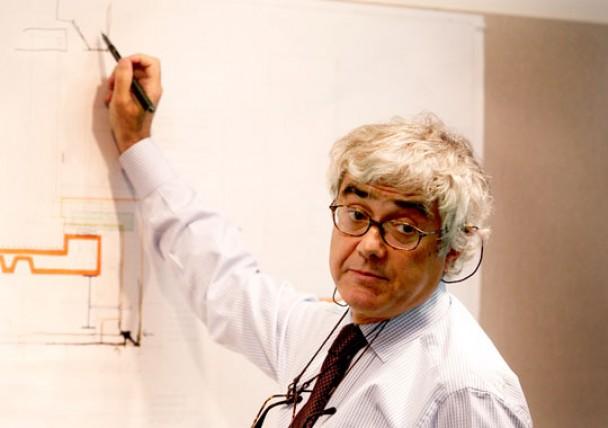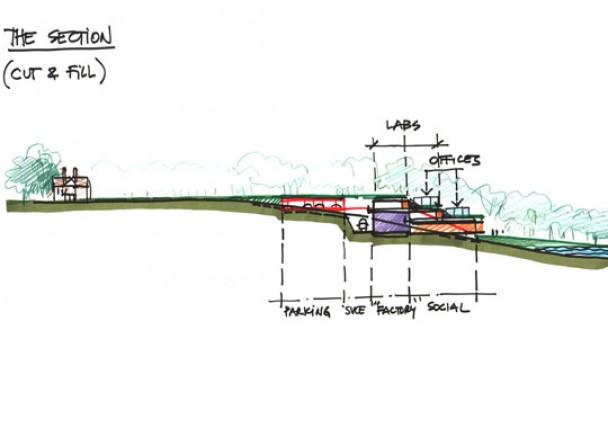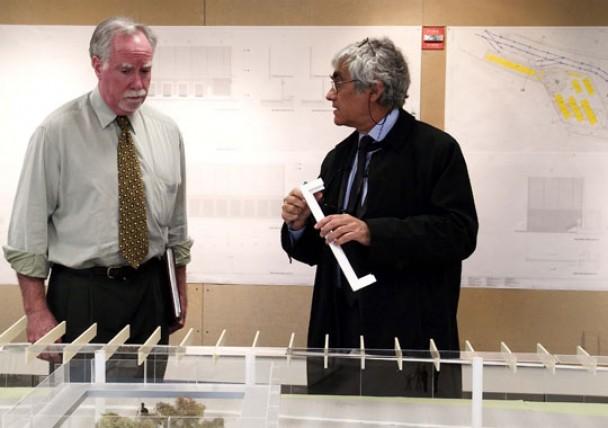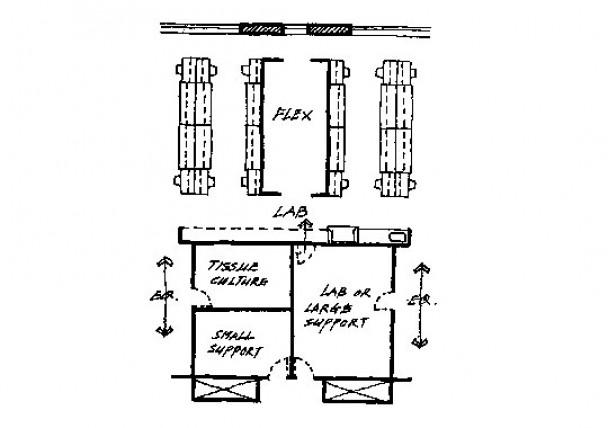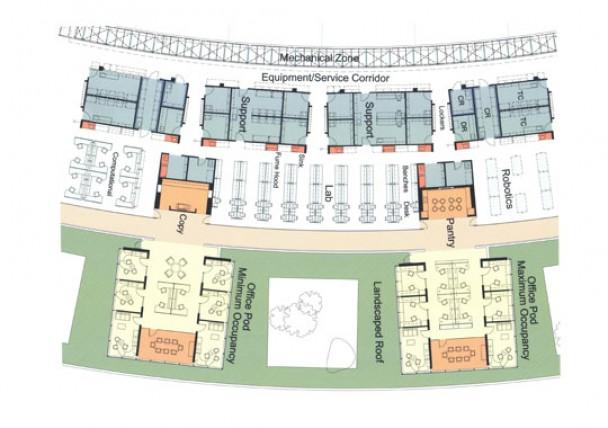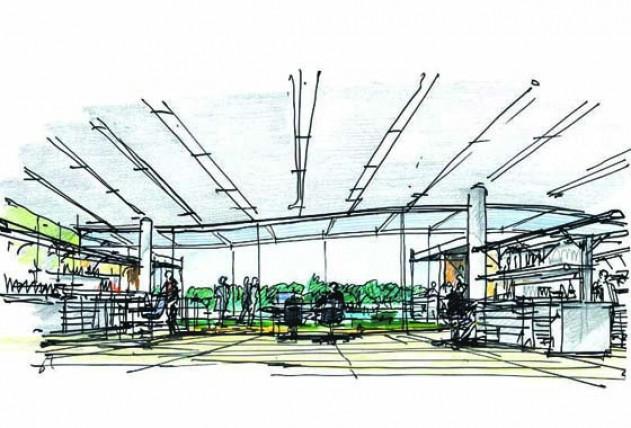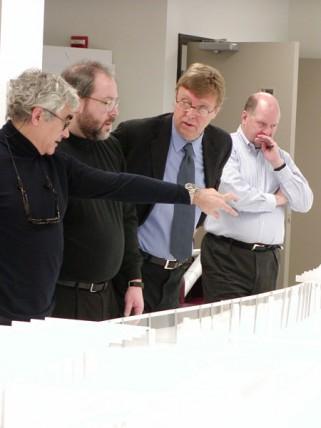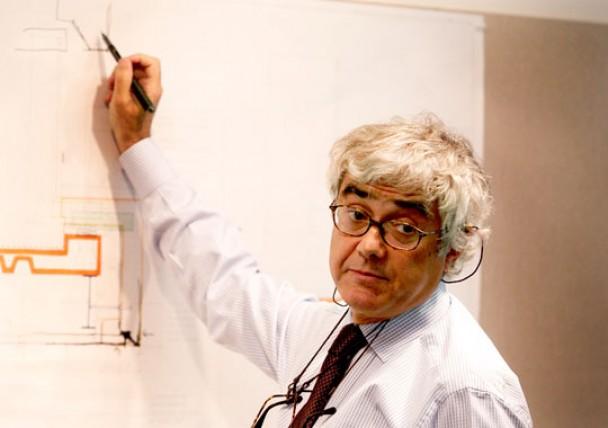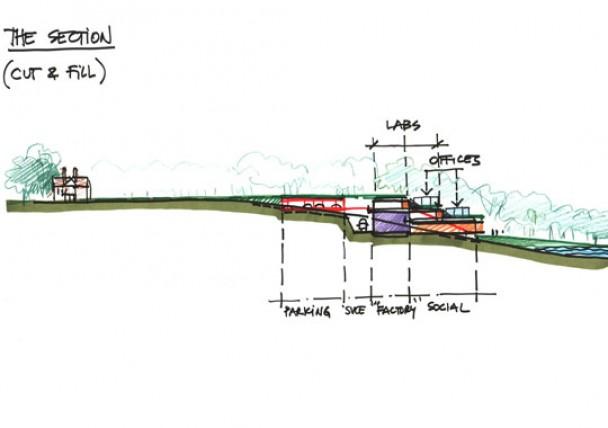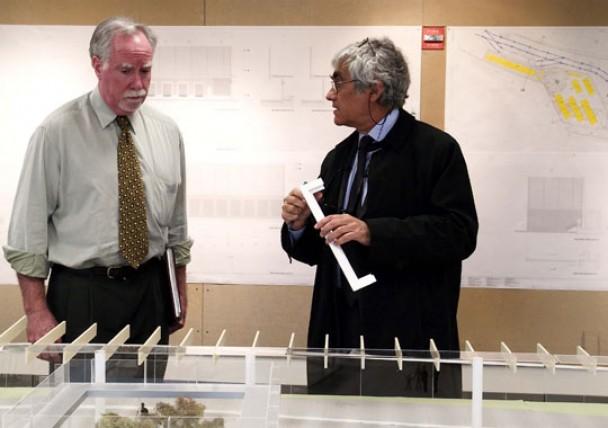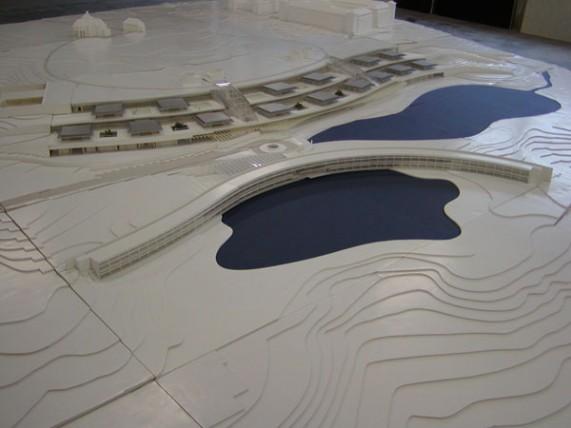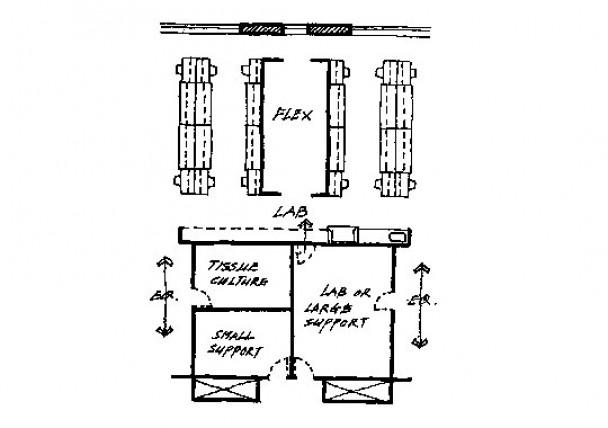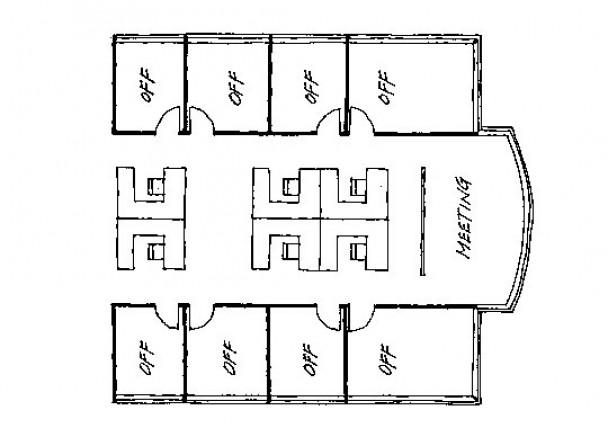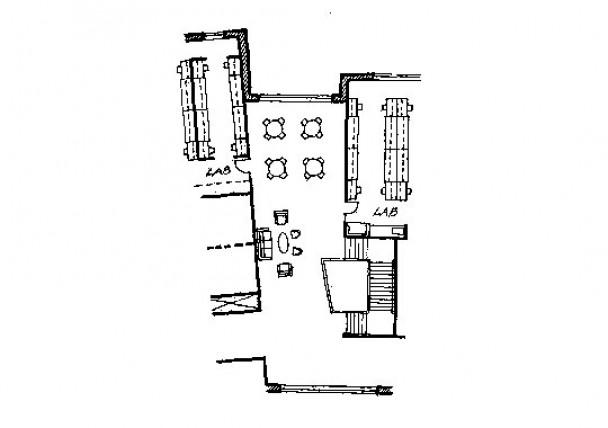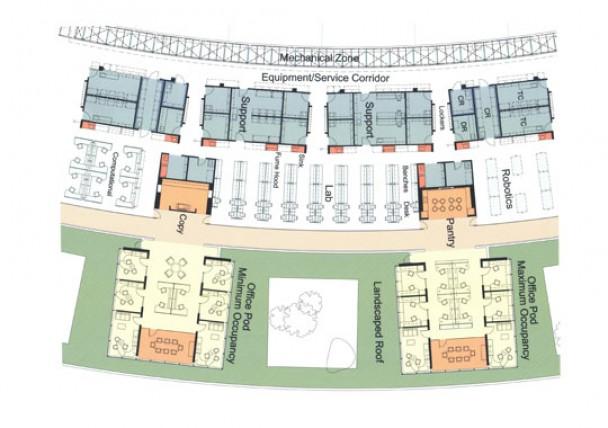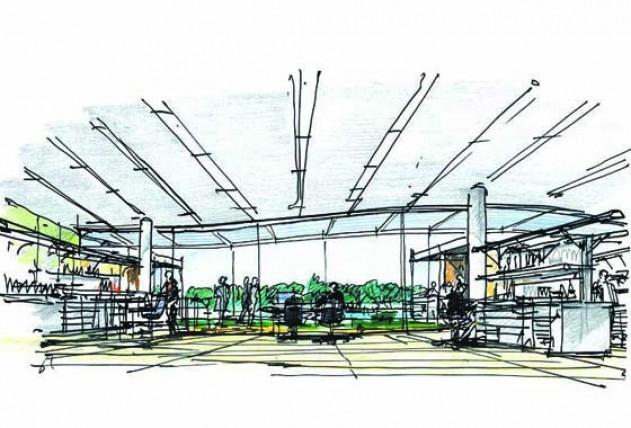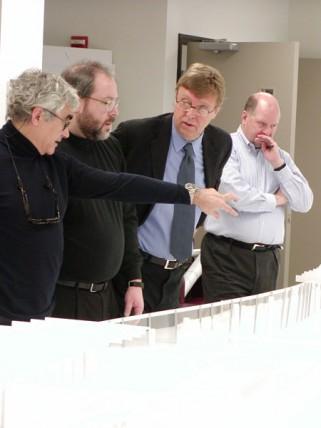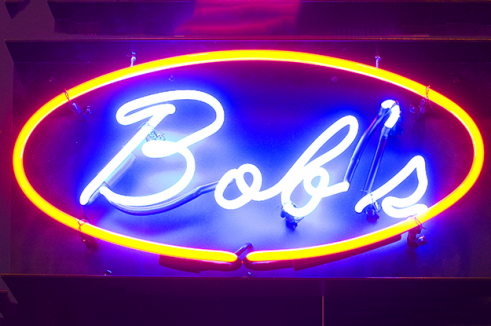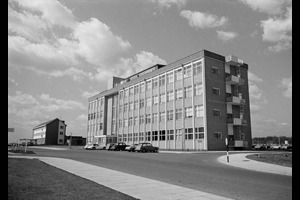It all started with a conversation in 1999.
Nobel laureate and then-HHMI President-Designate Tom Cech met with Gerry Rubin, then an HHMI investigator and who was soon to become the organization’s vice president for biomedical research, to begin discussing how to expand and diversify HHMI’s strategies for driving science forward. They wanted to foster a powerful new way to give scientists the resources, creativity, and freedom to pursue some of the most profound questions in research.
The Idea
For decades, the Howard Hughes Medical Institute has employed scientists at host institutions across the United States so they can pursue basic research questions. This model has worked well to catalyze key discoveries and new lines of research.
As scientific research continues to evolve, so do the opportunities to foster innovation. In 1999, Cech, Rubin, and other HHMI leaders knew that some of science’s most profound questions were best pursued in a collaborative environment – and that collaboration between different scientific disciplines was becoming ever more important. They also felt that there was a shortage of scientists engaged in building the new tools required for researchers to make progress in many research areas, as well as a shortage of places where experienced scientists could continue to do, rather than simply manage, experimental work.
They set out to build the campus that would become Janelia.
Rubin, an internationally recognized geneticist, took over responsibility for planning Janelia in 2002 and became its first director.
Developing the Scientific Program
In their planning, Rubin and his HHMI team studied other models for inspiration, including the most productive periods at the Medical Research Council Laboratory of Molecular Biology (MRC LMB) in Cambridge, England, and AT&T's Bell Labs.
They identified common principles underlying those institutions and applied them to Janelia: small research groups; group leaders actively engaged in bench science; internal funding; excellent support facilities and infrastructure; limited tenure; and a high value placed on originality, creativity, and collegiality.
When Janelia broke ground in 2003, no one yet knew what biological questions scientists would explore here. At that time, Janelia’s mission was simply to “identify important biomedical problems for which future progress requires technological innovation and then foster the establishment of integrated teams of biologists and tool builders who seek to break through the existing barriers.” This approach to tackling fundamental problems in basic biomedical research was considered difficult to implement in academia or industry.
To narrow the scientific focus, Rubin organized a series of workshops in 2004 that encouraged researchers to talk about opportunities and challenges in their fields. Ultimately, those conversations led to Janelia’s original emphasis: to identify the general principles that govern how information is processed by neuronal circuits and to develop imaging technologies and computational methods for image analysis. Going forward, we've moved to a 15-year research model. We'll hold open competitions to determine our future research areas. Our first competition launched in October 2018.
Building the Campus
To design the campus, HHMI turned to renowned architect Rafael Viñoly and to Robert H. McGhee, who was at the time HHMI's architect and senior facilities officer. They wanted a physical place that embodied the ideals of Janelia’s philosophy-- something that encouraged freedom, independence, and creativity. At the same time, they needed it to be efficient, functional, and flexible. Viñoly’s team designed the campus while Rubin and his team designed the scientific program, each informing the other along the way.
Blending the architecture into the surrounding landscape, Viñoly made a 900-foot-long building the centerpiece of the campus. It incorporated a gently undulating design with three stories terraced into a hillside. The glass and steel structure incorporates flexible laboratory space that can change depending on the equipment, purpose, and needs; it includes inviting social spaces that encourage people to meet and share ideas.
In 2006, three years after breaking ground, Janelia had its campus: the research building, a housing village, and guest house. Janelia added a 60-unit apartment building in 2011 and a second 84-unit apartment building in 2015.
The Archives
Explore Janelia's history through a curated collection of scientific and cultural reference points.
Models of Inspiration
Janelia Program Development Report
This booklet, written in 2003, describes the intellectual foundations of the Janelia program; the approaches that HHMI has used to determine the scientific focus of the campus; and the philosophy that guided the design of the campus, which includes a "landscape" laboratory building, conference facilities, and housing for visiting scientists.

